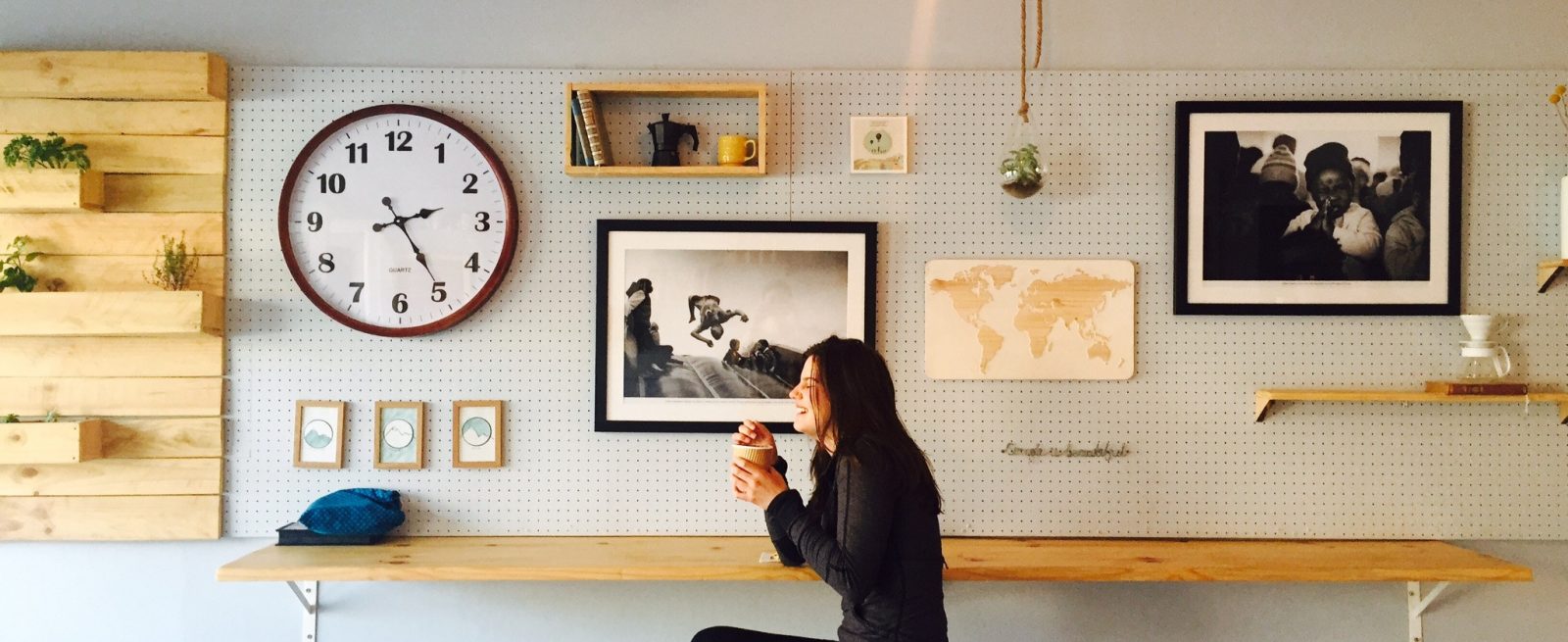Value-Based Pricing to Boost Restaurant Profit
3 Min Read By Ben Walters
Have you ever wondered why pricing is determined the same way across almost every QSR?
The current methodology goes something like this:
Multiply Cost of Goods Sold (COGS) times three
Conduct some qualitative competitive research
… and that’s it, you have your prices.
What is so interesting about this methodology is that restaurants’ margins are extraordinarily thin, yet most restaurants do not think to approach pricing in ways that may be more valuable.
Value-based pricing uses an iterative data-driven approach
Recently, my company Gravy.ai decided to test this conventional wisdom against cold hard data to come up with what we call "value-based pricing."
The key difference between value-based pricing and the conventional cost-based pricing approach that you’ll see in virtually every QSR is that value-based pricing uses an iterative data-driven approach to understand what customers are willing to pay and then adjusts prices and create specials to maximize revenue and margins.
We tested out the value-based pricing approach at a 10-location restaurant chain in Toronto. After a quick analysis of historical price changes and customer behavior, we created data-backed suggestions that led to a six percent increase in revenue.
Below we’ll outline how we were able to help our client achieve this, the changes we made to boost revenue, how you can apply the same principles at your restaurant to discover what customers are willing to pay and to ultimately improve the edge you need in a highly competitive market.
Key Takeaway 1: Put more emphasis on the final price rather than how much you change the original price
One of the first things that we noticed with our clients was that for certain categories of items, the absolute amount that price increased or decreased didn’t have a significant effect on sales, unless the first dollar value changed.
For example, in particular categories of menu items historical price increase from $8.05 to $8.85 didn’t negatively impact sales but increasing the price from $8.85 – $9.05 did.
If customers were doing the math, they’d realize that the original 80 cent increase was 4X more than the 20-cent increase from $8.85 to $9.05, however you must remember that most customers are making a very quick decision from a glance at your menu.
Key Takeaway 2: Smarter combos can increase cart size
Next, we took a look at which items were frequently purchased together. Understanding which items are often added on as a side and at which price-point customers are willing to upgrade to a combo, we were able to pair sides and mains to boost cheque size and keep margins high. In this example, we noticed that some side dishes under a certain dollar amount had a much higher purchase frequency in conjunction with a main.
By creating combo offers that fell into the price-range that triggered customers to perceive added value to their order, our client was able to increase cheque size without lifting a finger or raising any eyebrows.
Key Takeaway 3: Use demand and seasonality to create more impactful promotions
There are very distinct ebbs and flows of customer traffic through the day, and demand for various items differ throughout the seasons. That hearty stew may be a bestseller in December and barely move through July. At lunch there may be a line around the block, and at 3 p.m. staff are left unoccupied.
In creating promotions, zeroing in on slower times of day (think Happy Hour) and tailoring them to seasonal tastes can have a disproportionately large impact on your bottom line.
Key Takeaway 4: Have the courage to go against the grain
Through our analysis, we realized very different patterns across different locations. We concluded that customers were more price sensitive in particular geographies. We were able to take this finding and put it into action by suggesting slightly different combo prices from location to location. While this goes against conventional wisdom (“what about my brand consistency.”), our client was comfortable pushing against norms and has since seen an uptick in cart size at a couple of the more price sensitive locations without sacrificing revenue at others.


